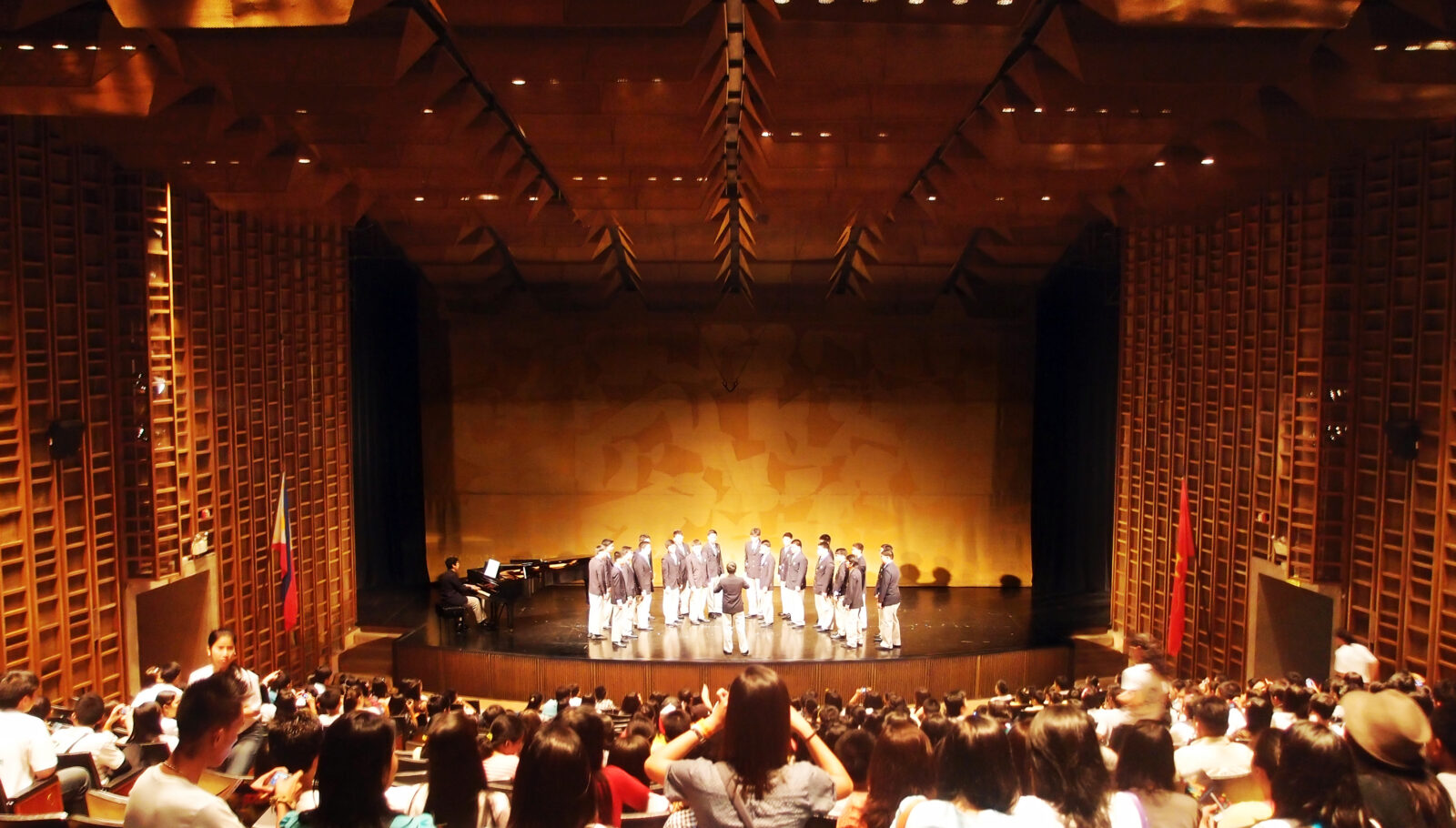5 Distinct Types of Theatre in the Philippines

The Philippines boasts a theatre tradition as vibrant and diverse as its culture and history. From traditional folk performances to modern experimental plays, the nation’s theatrical landscape reflects its multifaceted identity. Here’s a closer look at five distinct types of theatre in the Philippines, each with unique characteristics and cultural importance.
My curiosity about the Arts in the Philippines was sparked by my friendships with Filipino arts practitioners. Their passion for their craft and knowledge of their culture inspired me to dive deeper into this rich artistic tradition. What I discovered was both captivating and humbling, especially the lasting influence of Spanish colonization on Filipino theatre.
Sarswela
This Filipino adaptation of Spanish zarzuela combines music, dance, and melodrama in three acts. Themes often tackle societal issues or familial conflicts, offering a blend of humor and poignant storytelling. Flourishing in the early 20th century, the Sarswela continues to inspire modern musical theatre productions. However, during the American occupation, its nationalist themes led to censorship.
In 2011 the National Commission for Culture and the Arts designated the sarsuwela as a nominee for the UNESCO Intangible Cultural Heritage lists.
Senakulo
A deeply spiritual theatre tradition,senakulo is performed during Holy Week, dramatizing the life, passion, and death of Jesus Christ. These performances range from intimate village productions to grand urban spectacles. While it remains a significant religious tradition, manysenakulo performances are adapting modern storytelling techniques and multimedia elements.
Observe the full length Senakulo offering, Kalbaryo:
Bodabil (Vaudeville)
Introduced in the early 20th century,bodabil is a Filipino twist on American vaudeville. These shows mix comedy, music, and acrobatics, offering light-hearted entertainment. Though its popularity waned post-WWII, elements ofbodabil live on in variety shows and comedic skits in modern entertainment. Many prominent Filipilo performers got their start inbodabil, such as Anita Linda and Leopoldo Salcedo.
Go deeper into the world of Bodabil with the video below.
Epic Poetry
Filipino epic poetry reflects pre-colonial culture and traditions through vivid tales of heroism and mythology. These epics, like Biag ni Lam-Ang from the Ilocanos and Hudhud of the Ifugaos, celebrate the values, struggles, and beliefs of indigenous communities. Passed down orally, they preserve history and identity. Despite modern influences, Filipino epics remain vital cultural treasures.
About the Biag ni Lam-Ang epics:
Its origin occurred during the pre-Spanish period of the Philippines and it is one of the
greatest Ilocano epics of the pre-colonial literature of the country.
Contemporary Theater
Modern Filipino theatre blends global influences with local narratives. Companies like PETA and Tanghalang Pilipino experiment with innovative forms and tackle pressing social issues. These productions amplify marginalized voices and keep theater relevant for younger audiences.
Check out the trailer for the filmed stage performance of Mula Sa Buwan
Conclusion
Theatre in the Philippines is a dynamic blend of tradition and innovation, reflecting the resilience and creativity of its people. Each form tells a story that transcends time and place.
Back to Home
Editor's Note: At StageLync, an international platform for the performing arts, we celebrate the diversity of our writers' backgrounds. We recognize and support their choice to use either American or British English in their articles, respecting their individual preferences and origins. This policy allows us to embrace a wide range of linguistic expressions, enriching our content and reflecting the global nature of our community.
🎧 Join us on the StageLync Podcast for inspiring stories from the world of performing arts! Tune in to hear from the creative minds who bring magic to life, both onstage and behind the scenes. 🎙️ 👉 Listen now!
